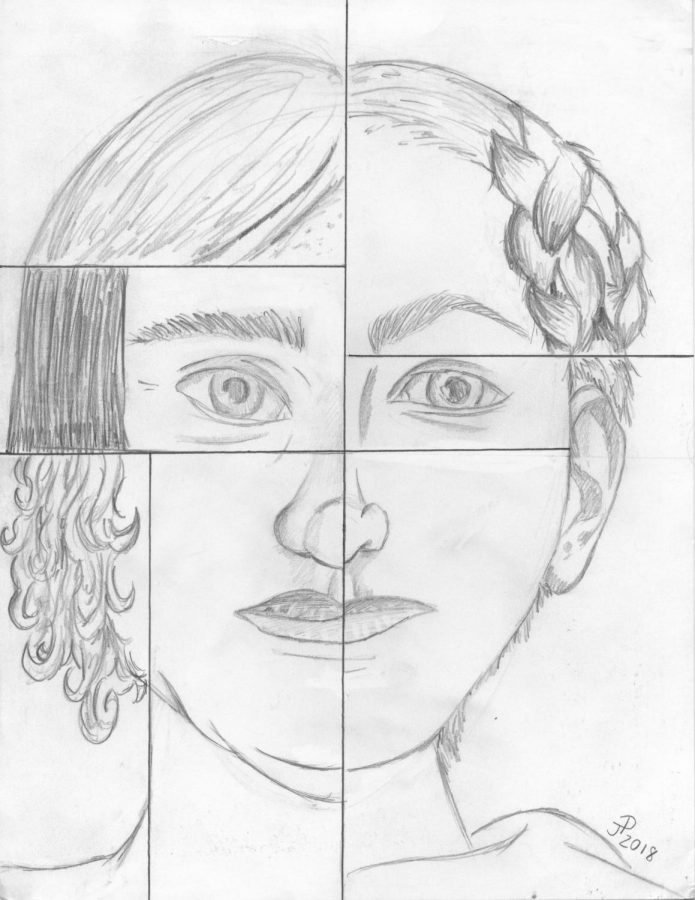An increase in teen suicides calls for an increase in awareness
According to the U.S. Centers for Disease Control and Prevention, almost one in five teenagers between 15 and 19 have considered suicide and nearly 10 percent have attempted it. Suicide rates have been steadily rising in teenagers. Now, more than ever before, young teens and kids are more prone to depression and suicidal thoughts.
A suicide is considered to be the intentional killing of oneself. Risk factors can be anything from mental disorders, medication or an unhealthy environment. There may not even be evident signs that a person is considering self-harm.
While adapting to technology can be viewed as a positive, there are sometimes great downfalls to it. More often than not, kids are receiving phones and other electronic devices at an earlier age. In turn, this earlier exposure to technology may have led a younger generation to become depressed. Cyberbullying has become increasingly more common. Teen suicides in both males and females began to increase around 2007, the same year Tumblr was launched. Additionally, there was a spike in male teen suicide from 2010 to 2011, which coincides with the launch of Instagram (2010), Snapchat (2011) and Google+ (2011).
This correlation between social media and bullying may have had a negative impact on kids whose brains are not fully developed. Due to their under-developed brains, they may be more susceptible to having their perception of themselves change or be altered in some way. As children and young adults are constantly flooded with pictures of an unachievable body-image, they are more inclined to self-hate.
There are often common misconceptions that the male gender is the tougher, stronger sex, so they do not have the same feelings or emotions that females do. Although it is rarely pointed out, sexism can go both ways.
Relationships with peers play a big role in how people view themselves, but also with significant others. Studies have found that behavioral problems are more common in boys and girls who start dating at a younger age than those who wait. Researchers have also found that they are twice as likely to indulge in risky behaviors such as unsafe sex and alcohol abuse, which could potentially lead to depression.
Oftentimes, the people a person can surround themselves with can adversely affect them. For one, it has become so prevalent in today’s culture to utter the words “I’m going to kill myself” that society has become inevitably desensitized to it. Being more aware of one’s surrounding and of themselves could save someone from making a grave decision.
In other cases, it can almost seem that the topic of suicide is pushed aside completely. In schools, there are anti-bullying campaigns and drug and alcohol prevention, but little action is done about more controversial subjects. If signs of suicidal thoughts and actions were taught, maybe more could be done to help reduce the number of lives taken each year.
From another standpoint, however, students should be also encouraged to compliment each other more often, rather than only being taught to notice signs.
Besides being only in schools, the community could also be supporting suicide awareness. But before school and the community are involved, awareness begins at home. But in addition to suicide being an already controversial topic, families may be in denial of the stability of their household. Parent mentality could also play a factor to instability, as some thoughts such as “What did I do wrong to make my kid feel this way?” or “High school is the same as when I was a kid. They must be dealing with the same issues” can be disastrous ways of thinking.
Of course, the suicidal person may also not be aiding the situation by being in denial themselves. Many times, there is the stigma that therapy doesn’t work for the person in question. While this may be true in some cases, there are many ways besides medication and conventional therapy that a person can get help. Group therapy sessions, animal-assisted therapy and things as simple as changes in lifestyle have proven to be effective in many cases. Therapists are like doctors in the sense that not all are the best fit for the patient they are seeing. Trying multiple therapists may be a good solution.
With the amount of younger people committing suicide in recent years become more frequent, now is not a time for research, its a time for action. Prevention of suicide should be for all demographics, including age, race and sex. It becomes less of a matter of controversy and more of an inclusive issue, due to the rate people are committing acts of self-harm.
According to the American Foundation for Suicide Prevention, in 2015, 505,507 people visited a hospital for injuries due to self-harm. An increased awareness may lead to a drastic decline of suicidal actions. If someone is in need of help, the National Suicide Prevention Lifeline can be contacted at 1-800-273-8255.



